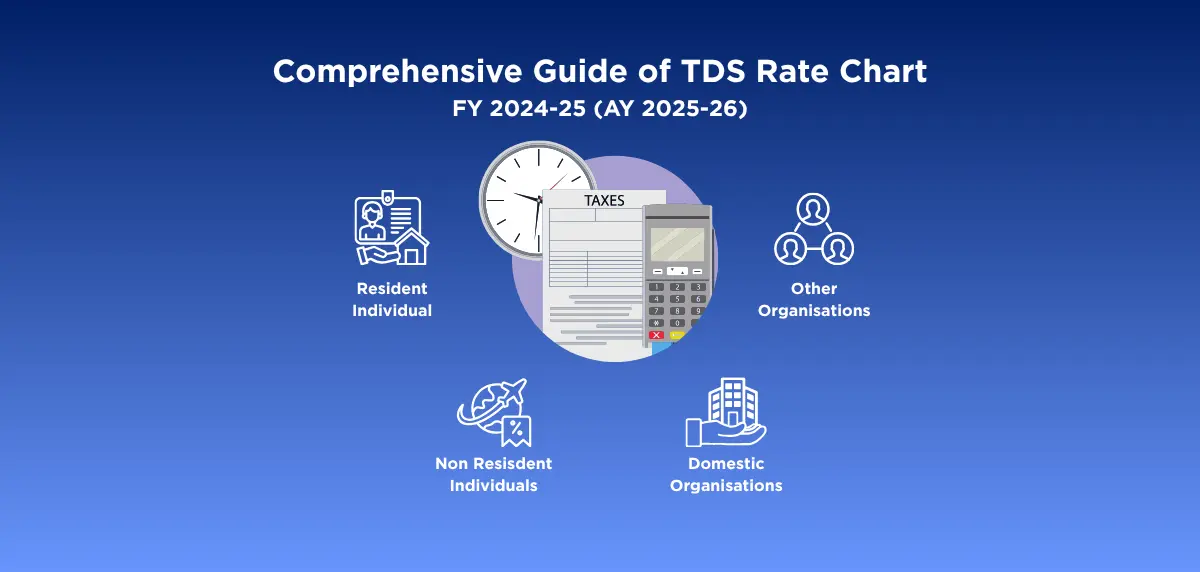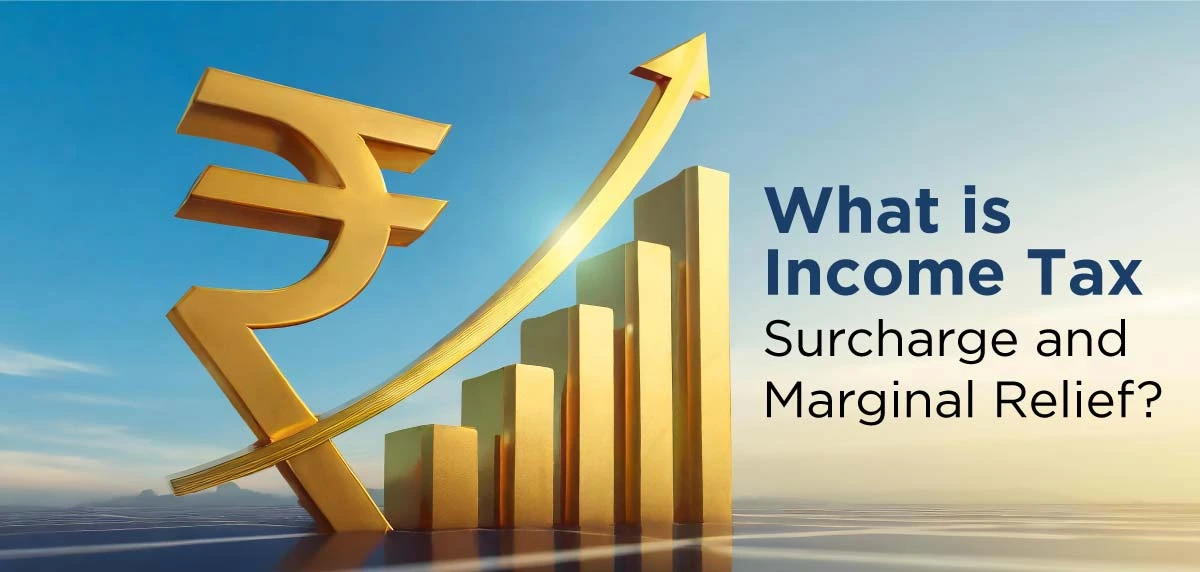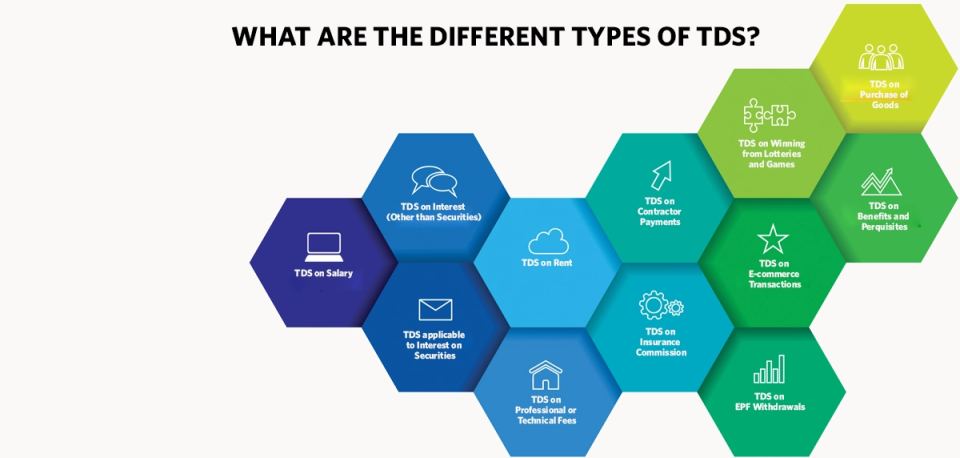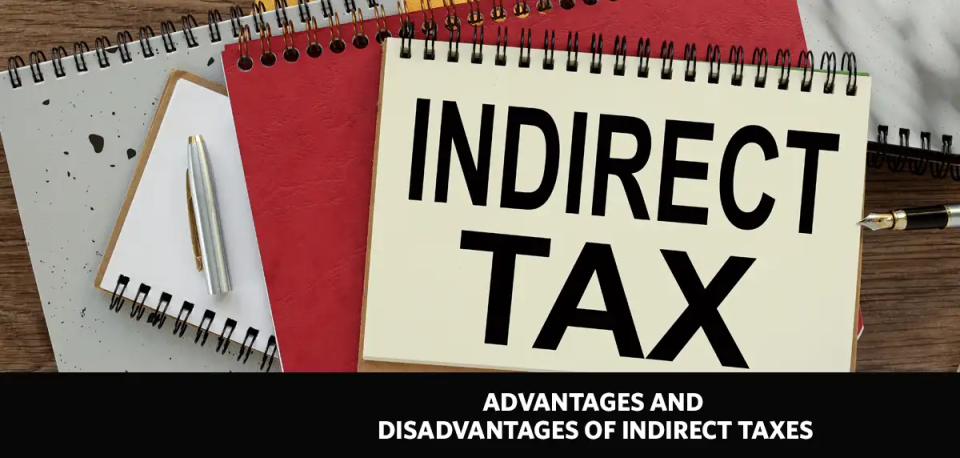TDS or Tax Deducted at Source is a type of direct taxation wherein tax is deducted at the point of generation, rather than at a later point in time. Hence, the term ‘tax deducted at source’. TDS is applicable to various types of income, including salary, interest on deposits and securities, commissions, earnings from gaming and lotteries, and more. TDS tax rates can vary depending on the type of income and the individual/entity being taxed.
Understanding TDS Rates in India
TDS is deducted by the person or organisation making a payment (payer). It is deposited with the Income Tax Department on behalf of the receiver (payee). For example, an employer deducts TDS from salaries as per the latest TDS rate chart and deposits it with the IT Department.
The TDS rate chart applies across four different categories in India:
- Resident Individual
- Non-Resident Individual (NRIs)
- Domestic companies
- Organisations other than domestic companies
Let’s explore the TDS tax rate chart for FY 2024-25 for the above categories in detail.
TDS Rate Chart for Resident Individuals for FY 2024-25 (AY 2025-26)
Below is a simplified TDS percentage chart for resident individuals:
Nature of Income
| Applicable Section
| TDS Rate
|
Salary
| 192
| As per the income tax slabs
|
EPF Withdrawal
| 192A
| 10%
|
Repurchase of units by UTI/Mutual Fund
| 194F
| 20%
|
Commission/Brokerage
| 194H
| 5%
|
Interest on securities
| 193
| 10%
|
National Savings Scheme deposits
| 194EE
| 10%
|
Payouts from life insurance policy
| 194D
| 5%
|
Commission on lottery tickets
| 194G
| 5%
|
Horse race winnings
| 194BB
| 30%
|
Dividend income
| 194
| 10%
|
Rent – Land/Building/ Furniture/ Fitting
| 194-I
| 10%
|
Rent – Plant/Machinery
| 194-I
| 2%
|
Professional services
| 194J
| 10%
|
Technical services/Royalties
| 194J
| 2%
|
TDS on Fixed Deposits (for interest earned under ₹40,000 and ₹50,000 for senior citizens)
| 194A
| 10%
|
Sale of immovable property (non-agriculture)
| 194-IA
| 1%
|
Lotteries, crossword puzzles, games
| 194B
| 30%
|
Mutual fund units
| 194K
| 10%
|
Rent by individual/HUF not covered under 194-I
| 194-IB
| 5%
|
Compensation on the sale of immovable property
| 194LA
| 10%
|
Payment to contractors by HUF/Individuals > ₹50 lakh
| 194M
| 5%
|
Rent under Joint Development Agreements (if it exceeds 50,000)
| 194-IC
| 10%
|
Cash withdrawals > ₹20 lakh – ₹1 crore
| 194N
| 2%
|
Cash withdrawals above ₹1 crore
| 194N
| 5%
|
Securitisation fund income (HUF/Individuals)
| 194LBC
| 25%
|
Securitisation fund income (Others)
| 194LBC
| 30%
|
Specific income earned by investors
| 194LBB
| 10%
|
As the above table shows, the TDS rate for different categories of income is laid down in the various sections of the Income Tax Act. Hence, one must be aware of the TDS section chart applicable to their sources of income.
TDS Rates for Non-Resident Individuals for FY 2024-25 (AY 2025-26)
Now, let’s look at the latest TDS rate chart for AY 2025-26 for the non-resident category:
Nature of Income
| Applicable Section
| TDS Rate
|
Repurchase of units by UTI/Mutual Fund
| 194F
| 20%
|
Securitisation fund income
| 194LBC
| 30%
|
National Savings Scheme deposits
| 194EE
| 10%
|
Transfer of units to offshore fund (LTCG)
| 196B
| 10%
|
Foreign-currency fund income (from an Indian organisation)
| 196C
| 10%
|
Long-term capital gains (Sec 115E)
| 195
| 10%
|
Short-term capital gains (Sec 111A)
| 195
| 15%
|
Other long-term capital gains (not mentioned in Section 10 clauses 33, 36, and 38)
| 195
| 20%
|
Interest on foreign-currency bonds issued by the Indian government
| 195
| 20%
|
MF units (Sec 10 clause 23D)
| 196A
| 20%
|
FIIs earning from securities
| 196D
| 20%
|
Interest from infra debt funds
| 194LB
| 5%
|
Interest on foreign-currency bonds by an Indian trust or business organisation
| 194LC
| 5%
|
Non-resident sports organisations/individuals
| 194E
| 20%
|
EPF Withdrawal
| 192A
| 10%
|
Interest on rupee-denominated government securities/corporate bonds (applicable to qualified foreign investors/ institutional investors)
| 194LD
| 5%
|
If you are a non-resident individual who has financial ties to India, it is important for you to be aware of the above TDS deduction chart.
TDS Rate for Domestic Companies for FY 2024-25 (AY 2025-26)
Next, let’s explore the rate chart of TDS on income earned by domestic companies:
Nature of Income
| Applicable Section
| TDS Rate
|
Interest on securities
| 193
| 10%
|
Life insurance policy income
| 194DA
| 5%
|
Commission/Brokerage
| 194H
| 5%
|
Dividend income
| 194
| 10%
|
Business trust income
| 194LBA
| 10%
|
National Savings Scheme deposits
| 194EE
| 10%
|
Repurchase of MF/UTI units
| 194F
| 20%
|
Insurance commission
| 194D
| 10%
|
TDS Rate Chart for Organisations other than Domestic Companies [FY 2024-25 (AY 2025-26)]
If the entity is an organisation other than a domestic company, the TDS shall be deducted as follows:
Nature of Income
| Applicable Section
| TDS Rate
|
Income by foreign sports associations
| 194E
| 20%
|
Business trust income
| 194LBA
| 5%
|
Interest from infrastructure debt fund
| 194LB
| 5%
|
FIIs/Qualified Foreign Investors from rupee bonds
| 194LD
| 5%
|
Managing TDS and Saving Income Tax
While tax concepts such as TDS can help prevent tax evasion on a macro level, it is important to be aware of how you can calculate income tax on your salary and reduce your tax outgo on an individual scale.
For salaried individuals, a salary calculator or an income tax calculator can be a great help in planning for deductions and coming up with ways to lower your tax liability. For instance, if your salary is above the taxable limit, you can explore tax-exempt investment options, such as NPS, and learn how to save income tax with NPS. This can help save tax while creating long-term wealth.
When filing returns, knowing what ITR is, how to choose the right ITR form, how to file ITR and reporting accurate income are also important for compliance. It helps you avoid notices from the IT department, so that not only your money but also your time is saved.
To sum up, the TDS rate chart for FY 2024-25 and AY 2025-26 is crucial for individuals, companies, and NRIs to stay compliant. Staying updated with the latest TDS rate chart and using the right tools and resources can ensure both timely payments and peace of mind.





















